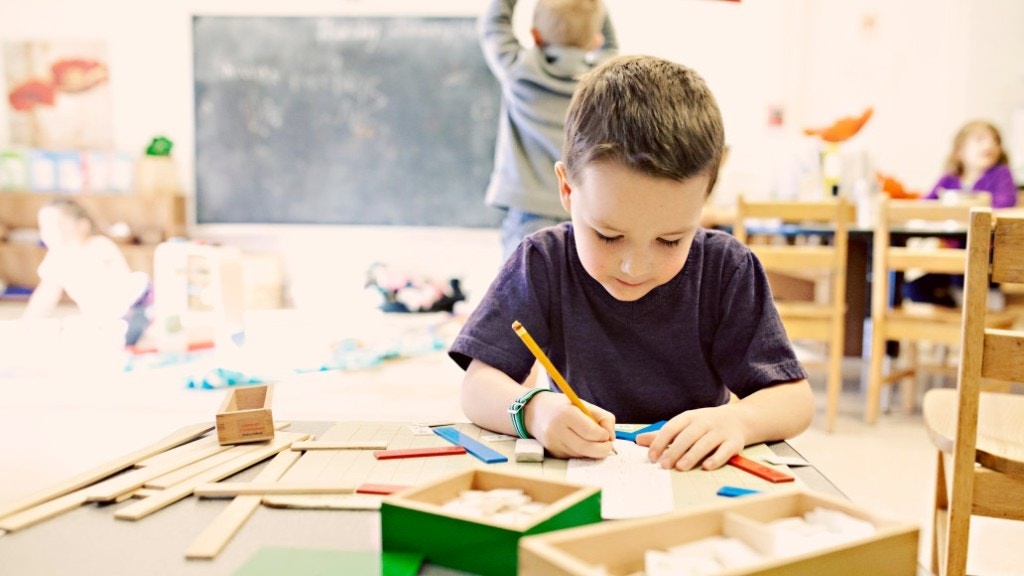
The Writing Process in a Montessori Classrooms
March 26, 2024
In a Montessori classroom, the writing process is approached in a holistic and multi-sensory manner, focusing on the development of both fine motor skills and language acquisition. Here’s how the writing process unfolds in a Montessori environment:
- Pre-Writing Skills: Before children begin writing letters and words, they engage in activities that develop pre-writing skills. These activities include using their hands to manipulate various materials, such as sandpaper letters, play dough, or tracing shapes on textured surfaces. These experiences help children refine their hand-eye coordination, pencil grip, and hand strength, laying the groundwork for writing readiness.
- Letter Formation: In the Montessori classroom, children are introduced to letters of the alphabet using tactile materials such as sandpaper letters or wooden letter shapes. They trace the shapes of letters with their fingers, reinforcing the motor patterns and sensory memory associated with each letter. This hands-on approach facilitates the recognition and formation of letters, preparing children for writing.
- Phonemic Awareness: Alongside letter formation, children develop phonemic awareness through language-rich activities and games. They explore the sounds of letters and begin to understand the relationship between letters and their corresponding sounds. This phonetic understanding lays the foundation for spelling and word building as children develop their writing skills.
- Emergent Writing: As children gain confidence in letter formation and phonemic awareness, they begin to engage in emergent writing activities. These activities may include writing their names, labeling objects in the classroom, or composing simple sentences using familiar words and phonetic spelling. Montessori educators provide opportunities for children to express themselves through writing in a supportive and encouraging environment.
- Progression to Composition: As children’s writing skills develop, they progress from simple writing tasks to more complex composition activities. They may write stories, journals, or reports on topics of interest, incorporating vocabulary, grammar, and punctuation conventions they have learned. Montessori educators scaffold the writing process, providing guidance and feedback as children refine their writing skills and fluently express themselves.
- Integration with Language Arts: Writing is integrated with other aspects of the language arts curriculum, including reading, grammar, and vocabulary development. Children engage in reading and writing activities that reinforce each other, such as reading stories and writing summaries, analyzing grammar rules, and practicing spelling and handwriting. This integrated approach promotes a deeper understanding of language and literacy skills.
- Individualized Instruction: Montessori education recognizes that children progress at their own pace in writing development. Educators observe each child’s strengths, interests, and areas for growth, providing individualized instruction and support to meet their unique needs. Children are encouraged to take ownership of their writing process, setting goals, revising their work, and celebrating their achievements.
Conclusion
Overall, the writing process in a Montessori classroom is characterized by a hands-on, multi-sensory approach that fosters the development of fine motor skills, language acquisition, and self-expression. Through a combination of pre-writing activities, letter formation, phonemic awareness, emergent writing tasks, and composition activities, children develop the skills and confidence they need to become proficient writers and communicators.


